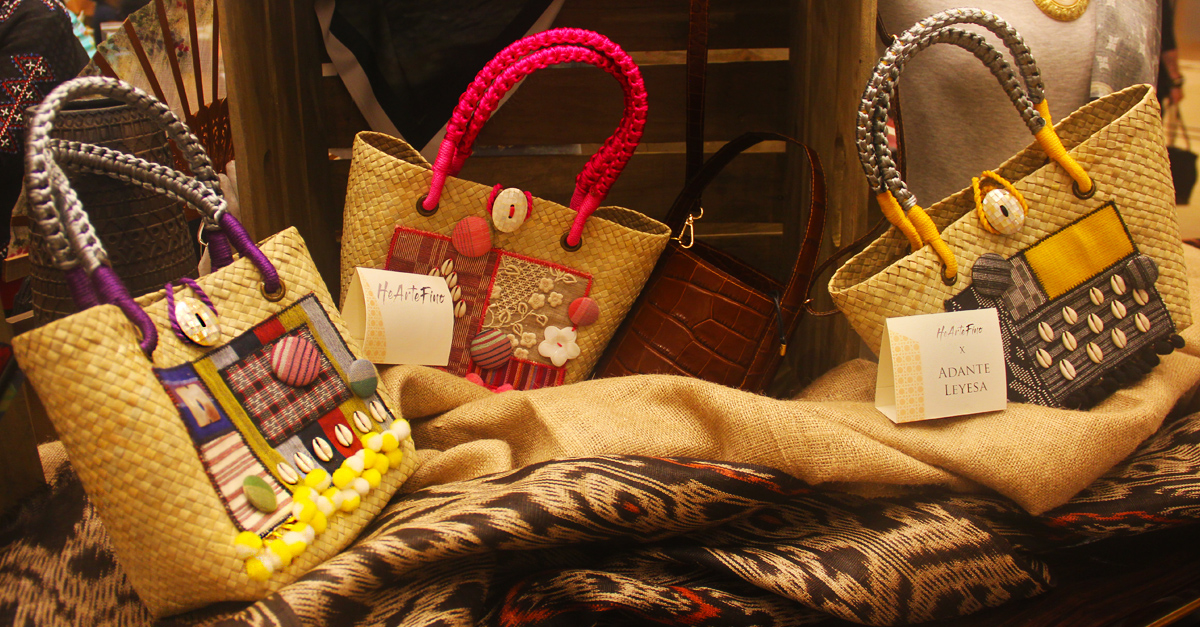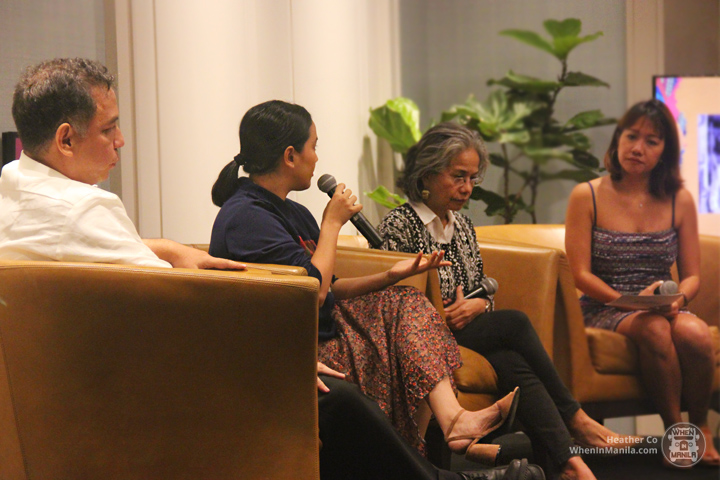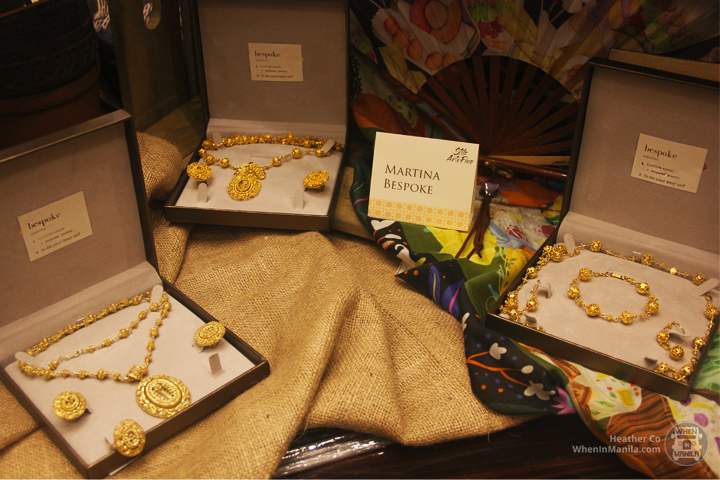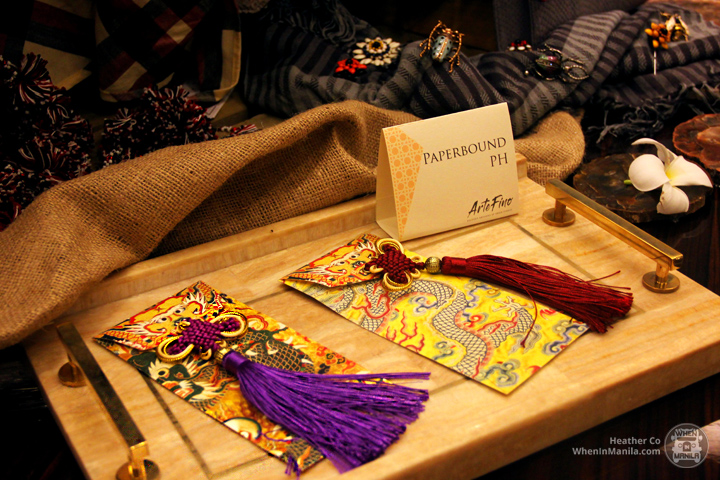Fast cars, fast food, fast WiFi… In this day and age, speed and comfort come hand in hand. The moment something can’t be done at the snap of a finger, interest dwindles as far down the drain as the virtue of patience. Such is the case of style. The fashion industry is notably one of the biggest producers of waste due to the alarming amount of excess materials being thrown out everyday in big time retailers’ attempts to keep up with the quickly moving trends. New designs are churned out on a daily basis, as if to ride the popularity that, say, a celebrity creates after posting an outfit gone viral.
It’s like a twisted symbiotic relationship. Fast fashion preys on the short attention span of the consumers, and consumers feed into the short-lived satisfaction of owning whatever article of clothing is currently dominating the media.
In a world where fashion is reduced to something as simple as copying and pasting designs with your eyes closed, though, there exists another side of the industry that believes that people have a responsibility to create while wide awake.
Enter the trailblazers of the sustainability movement.

The sustainability movement focuses on the cultivation of slow fashion through conscious production systems, fair trade between designers and suppliers, and socially and environmentally ethical design conditions. Here in Manila, ArteFino represents a community of entrepreneurs whose work represents slow fashion within the locale. They work with rural artisans for the preservation of Filipino culture through interior decor, accessories, and apparel that embody the country’s roots in synchronization with the modern times.
These movers stand at a stark contrast against the background of an increasingly saturated market of Westernized fast-fashion brands and have successfully made a mark in the hearts of devoted customers everywhere.
As they geared up for the launch of the ArteFino Fair last August 1; Anya Lim of ANTHILL Fabric Gallery, Mike Claparols of Creative Definitions, Bea Constantino of Herman & Co, and Debbie Palao of HoliCow served as the elite panel of speakers who discussed everything from the whats, hows, whens, and whys of their involvement in the sustainability movement.

So how did they do it? How did they penetrate the culture of colonial and kuripot mentality with their locally and responsibly made goods?
It all boiled down to two things: relationships and philosophies.
On relationships
Behind the scenes, a long and tedious design process was the first step of these brands’ paths to success. In creating his merchandise, Mike Claparols highlights the importance of a loop of feedback with partner communities from studying trends to the actual production system. The rural artisans work within remote areas, making it a challenge to monitor the production, especially during seasons of social events. However, thanks to the power of the Internet, the gap of connectivity is bridged and stabilized to facilitate easy discussion.
For Bea Constantino, communication between customers was also vital to growing her brand. “Start with a narrative, then build a story,” she says of her personal creative process. Finding a muse spells out the title. Once designs that embody the culture are formed, the plot writes itself. As this happens, she makes sure to practice transparency in discussing with community artisans to establish a healthy and professional understanding of how their partnership can help sustain their merchants.
In the case of Debbie Palao, she believes in the value of the craftsmen’s moderated involvement in the design process. Giving them the space to interpret the initial vision allows them to feel a sense of ownership and pride to see what their hands have created. An exchange of input from the designers and weavers builds a strong bond enriched by mutual understanding and respect for each other’s crafts.

On philosophies
Without a heart, there can be no living body. What sets apart slow fashion brands that embody the Filipino culture from fast fashion giants who spew out clothing article after clothing article on a weekly basis is the sincerity behind the apparel. Those behind the sustainability movement seek to actualize their genuine belief in responsible and conscious production through the intricately woven fabrics sourced straight from the country’s rural communities.
Anya Lim implores their customers not to think of the cost of what they’re buying, but the true value of it. The passion of provincial artisans flows through the very threads of each fabric they weave, and the entrepreneurs of the slow fashion movement hope to support and sustain that kind of authenticity through collaborative and fair efforts.

Every designer does what they do for a reason rooted in heart. Claparols understands that their partnership adds value to the communities by sustaining their merchants and giving them the freedom to innovate. Constantino uses their partnership to bridge the gap between areas with peace conflicts and the global market to help preserve their culture. Palao feels a spiritual enrichment from seeing young members of the partner communities gaining an interest in weaving, giving her hope that the future generation could carry on the artistry of their elders today.
Just like these entrepreneurs, customers can feel the genuine human effort that go into what they’re wearing. They feel the drive of the weavers, the passion of the designers, and the nationalism of everyone in between. Every time they step out in an offspring of the loving marriage between responsible production and conscious creation, they become a testament of a deep care for mankind and the environment that transcends passive concern. Most of all, their smaller collective actions now set the tone for revolutionary impact later.




